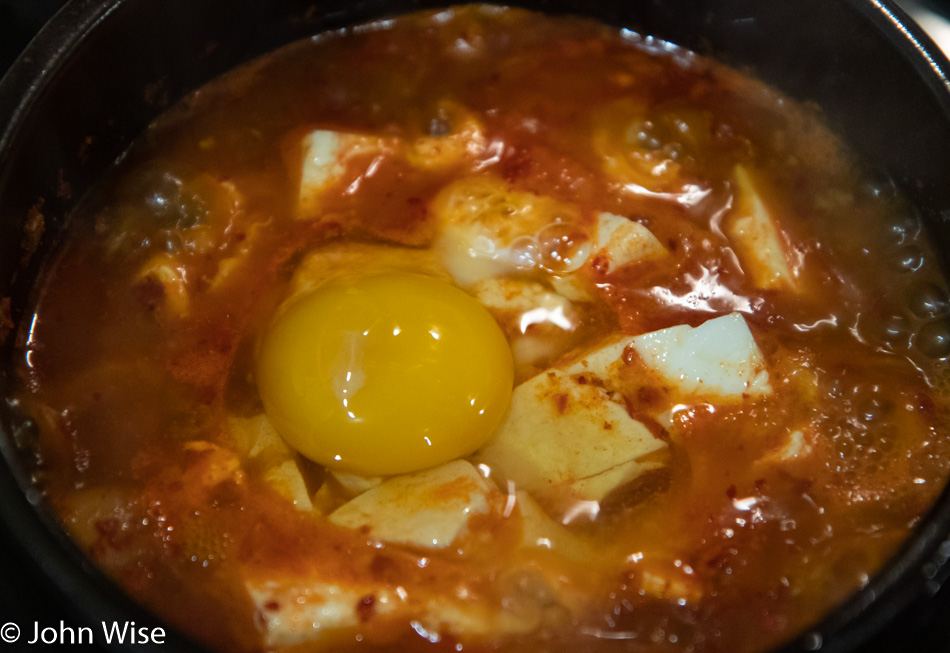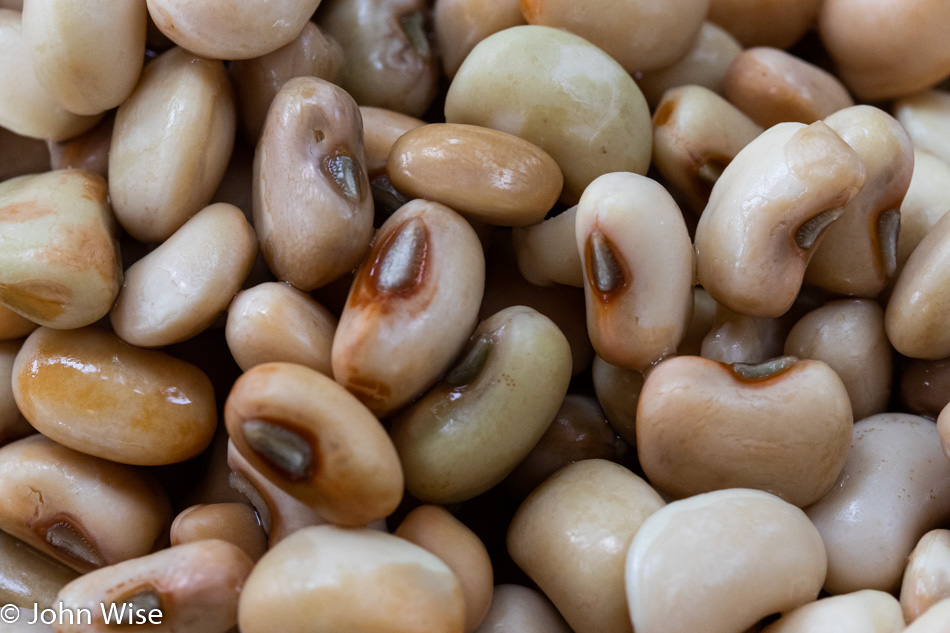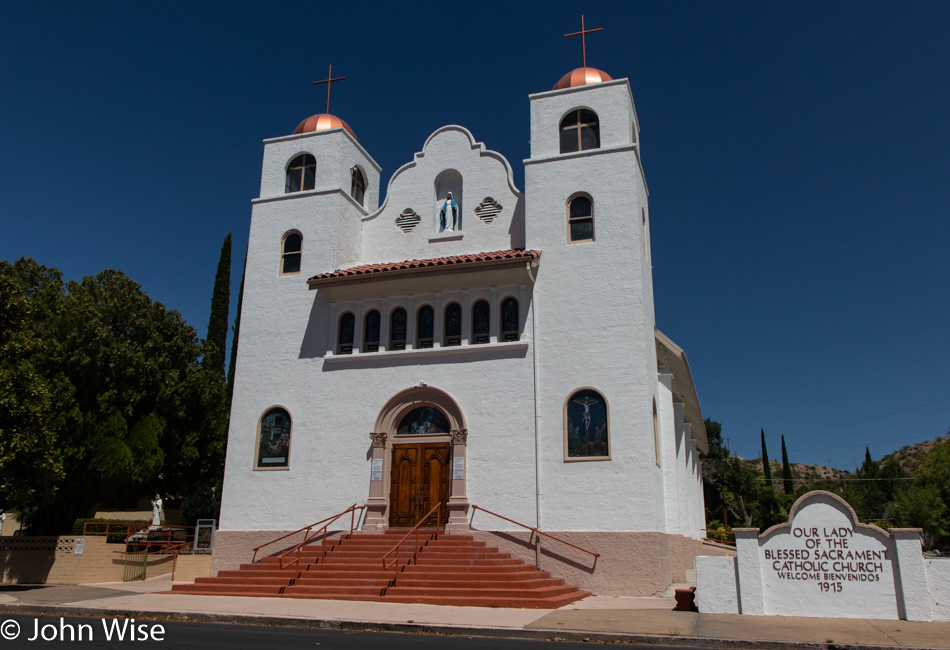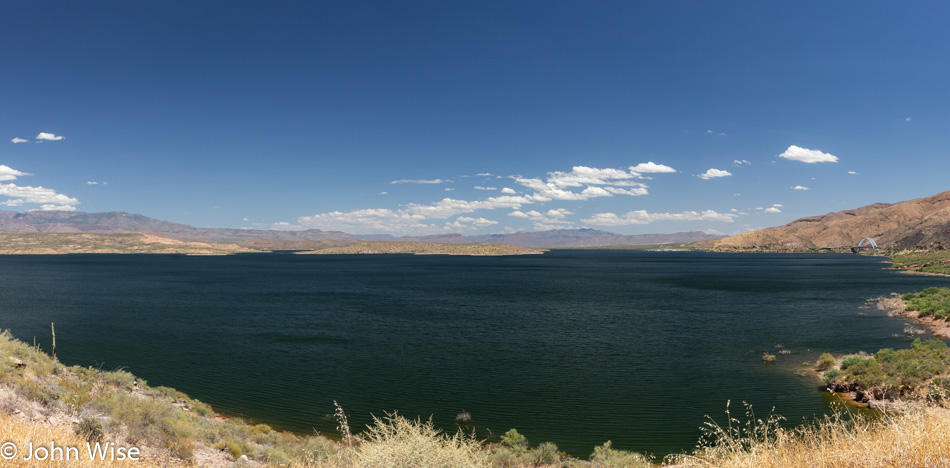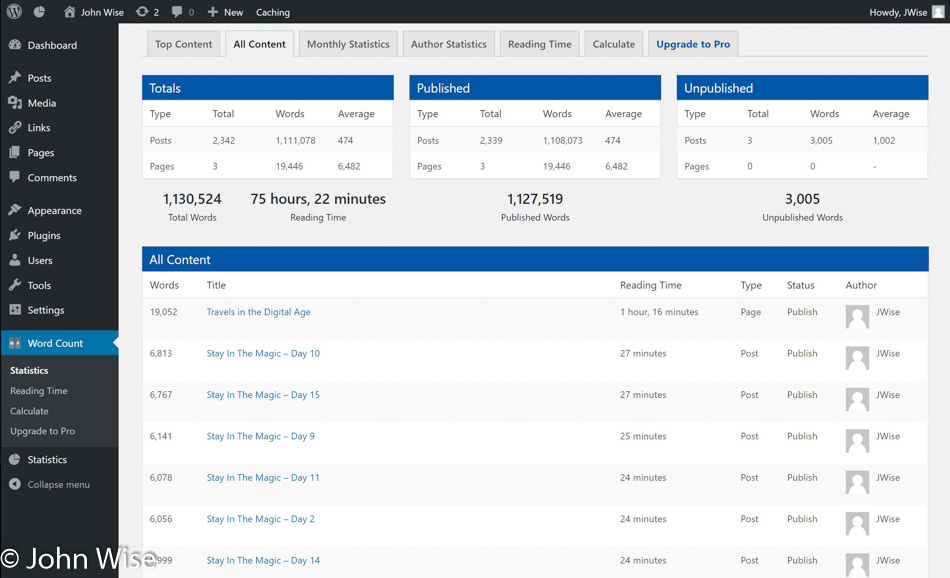
Over the past 12 months, I’ve posted 166 blog entries totaling 208,897 words for an average of 1,251 words per post. While this is factually accurate, it doesn’t take into account that I posted the book I wrote a decade ago about the Grand Canyon, and over those 19 days, there are 85,401 words belonging to it. So, of all my other 147 exercises in writing, those missives were a mere 840 words each on average. If you pick up an air of mild disappointment, you wouldn’t be wrong, though the fact that I wrote nearly every other day is nothing to be sad about.
Last year, for 37 days, from early May to nearly mid-June, I walked the streets from Berlin to Zagreb, and during that time, I wrote every day without fail. I was prolific and was able to pen 77,458 words in order to capture a thousand details that would have been lost in time had the effort not been spent organizing electrons on digital paper. That was 2,093 words per day, which, as far as I’m concerned, proves to me that I should travel a lot more.
Since January 1st, 2019, there have been 550 days; of those, I’ve made 278 blog posts totaling 328,205 words. Why do I know this and the above numbers? I’ve started a spreadsheet where each line entry is the title, date, and word count that will ultimately detail each of the 2,333 blog posts I’ve made public here at www.johnwise.com. Maybe this is a silly exercise, but I’m curious how many words I’ve written since started blogging back on January 1, 2005, when I was 41 years old. At this moment, I’m calculating that it will be somewhere near 2.2 million words, but maybe it’s closer to 2.7 million, which means I only need to write about another 280 blog entries to reach 3,000,000 words. That raises the question: what value will it have been to have written 3 million words? You know, I don’t have a really good answer, but when I reach that point, I can assure you that I’ll lament that I’ve not reached 5 million.
Trends that start to emerge that should have been obvious is that I like writing a lot more when we are traveling. In November 2019 we visited Oregon, and I found 20,089 words with which to write about our vacation, which is extraordinary when you consider how many times we’ve been up there. One year prior, we were again in Oregon at the same time of year, and all I could muster was 15,334 words for an equivalent amount of time. We had a 21-day vacation in Europe in 2018 that took us to Germany, Austria, France, Switzerland, Italy, and Hungary. I had 47,457 words that needed recording so our memories could be enhanced as time passed. Then, there was a trip to Alaska back in the summer of 2017 that started less than two weeks after I fired my entire company. As emotionally distraught as I was, I was still able to draw 18,057 words out of me, but this was one of the most difficult trips I’d been on due to the baggage I was carrying.
Back in 2014, I started a new company, and even before that, I was deeply immersed in all things virtual reality. To a degree, I thought I was a bit burned out on blogging as I’d lost sight of it being an exercise in writing and advancing those skills. To have written only six entries on my own site during 2014 and then another three that were posted on the VR site was certainly a low point. The year before, we were in Germany for the first time in 18 years, and I didn’t miss the opportunity to document every minute, so with 40,338 words and somewhere between 200 to 300 photos, we have some terrific memories to reflect on. At this point in counting words, I’m back on April 3, 2013, with 543 blog entries consisting of 539,616 words. I’m 25% of the way through, and my average word count has dropped to 994 words per entry.
While cataloging my word count from 2012, I just learned that from the two trips we’ve made to Alaska to raft the Alsek River, we’ve spent a total of 26 days in this remote corner of North America, and I’ve shared 41,000 words exactly about our experiences. But then I crawl further back into 2011 and the writing is on the wall. It seems like I could barely be bothered to blog very much, and when I did, it wasn’t as verbose as I appreciate now that I’m older. I’m happy that there is a loose record of things, and on many of our trips, there are extensive musings, but I certainly considered my photography as the more important aspect of what I was documenting.
This brings me to a point I believe I’ve made before somewhere here on this blog: writing should be an activity that is a matter of habit for everyone. Even if it were just once a week, though I’d insist that daily writing while traveling should be obligatory, I believe people would have a better perspective on how amazing their lives are and how important it is to fill their days with moments and activities that are worth remembering. I just relearned that Caroline finished her first big weaving project, where she made yellow and purple towels back on June 18, 2011. By July 10, 2013, I was immersed in playing with graphics software that was about to lead me to the Oculus Rift and virtual reality. On August 15, 2016, Caroline and I saw King Sunny Adé perform at the MIM. I still have 1,696 blog entries, of which I need to record the title, date, and word count; I’m sure I’ll be finding other surprises and also wishing that I’d filled in the gaps.
Midway through 2010, Caroline must be tired of my obsessive-compulsive disorder as she asks with only minor indignance, “Are you really going to go through all 2,339 blog entries to figure out how many words you’ve written?” My answer was something like, “Hey, I’m already through 701 of them, so yeah, that’s exactly what I’m gonna do.” Ten minutes later, she’s installed WP Word Count and shows me that I’ve published 1,127,519 words over the years or about half of what I thought I’d find. I immediately saw that my shortest blog entry was just two words, and the longest one, excluding my book, was about my journey into synthesizers, which is 5,298 words. My average blog entry is 474 words long. When I started blogging in 2005, I kept up a great pace until the spring of 2008, when I published my 1,000th entry. It was originally my intent to publish a “Photo Of The Day” with a blurb about the image for one year. After more than three years, I slowed down as I needed a break.
I’ve got to admit that I’m a bit disappointed that between 2008 and 2020 I’ve only added about 1,300 more blog entries. On the bright side, during 2005, my first year blogging, I was averaging 235 words per entry, while in 2019, I averaged 916 words per entry. Not that more words are better, but I think over the 15 years of writing here at johnwise.com, the craft has become easier, and at times, there are levels of details I could have never captured back then. Since January 1st, 2005, there have been 5,664 days between now and then, which means, on average, I’ve written 199 words per day. Ernest Hemingway recommended writing 500 a day and Jack London hammered out 1,500 a day, but I never aspired to be a writer. My inspiration was to compel myself to take more photos and have some intention behind them while practicing describing what I was seeing. So I shouldn’t be disappointed at all as I certainly progressed in the task I gave myself at the end of 2004.
Finally, I was looking at Marcel Proust’s “Remembrance of Things Past,” which rings in as the Guinness World Record holder as the longest novel at 1,250,000 words well, I’m almost there, but if I want to reach 2,500,000 lifetime words in the next ten years, I’ll need to pen 376 words on average per day. That would allow my internet writing to compare to a book of over 6,000 pages. I can get this. As for the earlier note of maybe seeing 5 million words, well, that would require me to write more than 1,000 words every day between now and my 67th year. That sounds tough.
